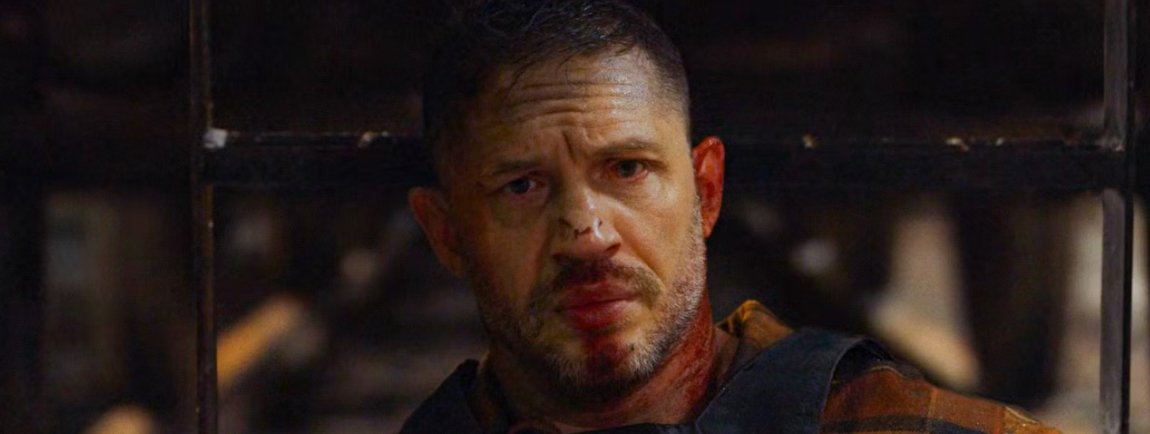Gareth Evans’ long-anticipated action thriller “Havoc” has finally landed—and it’s making serious waves on Netflix. Since I didn’t post a weekend thread, this is where our readers can chime in with their thoughts on the film.
I hope you had as much fun as I did in the indulgent excess of “Havoc”; it’s ruthless, over the top, and almost surreal-like in its usage digital photography. Don’t expect any kind of perfect movie, but as far as Netflix action originals go, you could do a lot worse.
“Havoc” has surged to the top of the streamer’s global rankings, amassing an impressive 30M views in its debut week. It was easily the most-watched title during that period. It even beat the Russo brothers‘ more-recent $300M ‘Electric State’ (25M views).
“Havoc,” which was produced on a much leaner budget, clearly packed more punch in its numbers, and it certainly must have helped that it’s just a far superior film than ‘Electric State.’
In “Havoc,” Tom Hardy steps into the role of Walker, a battle-worn detective navigating a city teetering on the edge of collapse. After a drug bust spirals out of control, he finds himself hunted by a dangerous criminal syndicate, corrupt officials, and even his own colleagues.
The film’s complex plot, involving multiple antagonists and subplots, is only marginally coherent, but it adds to the lurid B-movie vibes. “Havoc” is far from perfect, but it’s a thrill that, for once, there’s actual good action movie to watch on Netflix.
The film is not as intense or unrelenting as Evans’ previous work, but the Welsh filmmaker sure knows how to shoot stylized violence. There are three expertly crafted action set-pieces. One of the highlights, set inside a nightclub, has Walker and his rookie partner, Ellie, ambushed during a tense rendezvous. The scene erupts into a chaotic melee involving corrupt cops, gangsters, and bystanders, escalating into a brutal shootout. Evans orchestrates this confrontation with his signature style—detailed choreography, and minimal cuts.
As Howard Hawks famously suggested, a good film simply requires three “great” scenes, and no bad ones. That rule can somewhat be applied for Evans’ film.






